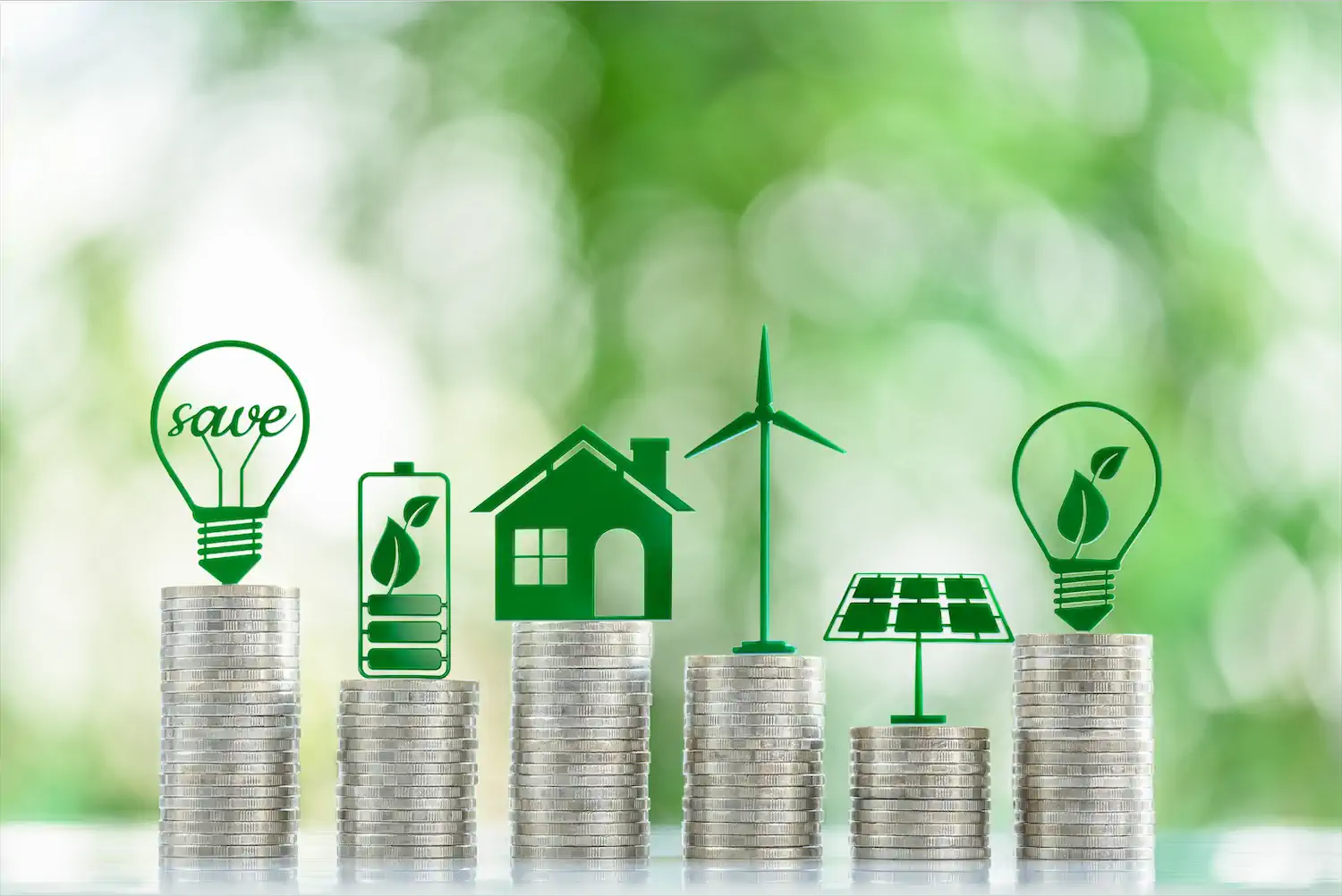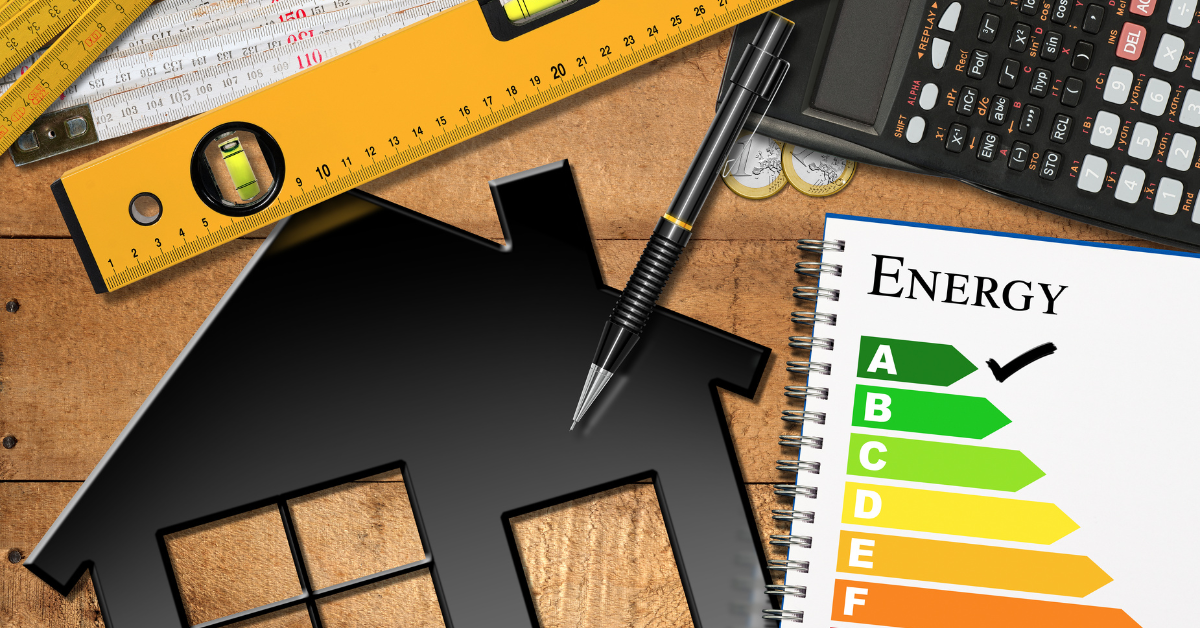
Making your home more energy-efficient isn’t just good for the planet—it’s now significantly better for your wallet too. Recent changes to green energy tax incentives have created unprecedented opportunities for homeowners to save thousands while upgrading their properties with sustainable technology. For federal incentive details, visit the Government of Canada website.
The Enhanced Tax Credit Landscape
The federal government has substantially increased tax incentives for homeowners who invest in renewable energy and efficiency improvements. These expanded credits cover a wider range of projects and offer higher return rates than previous programs—making green upgrades more accessible and affordable than ever before. Learn more about energy efficiency initiatives on Natural Resources Canada’s Energy Efficiency page.
Sarah Miller, a homeowner in Toronto, recently shared her experience:
“We installed solar panels and a new heat pump system last year. Between federal and provincial incentives, we recovered almost 40% of our investment through tax credits. Our monthly energy bills are now less than half what they used to be.”
Key Tax Credits Available Now
Several major tax credits stand out as particularly valuable for Canadian homeowners:
Home Energy Retrofit Tax Credit
This revamped program offers homeowners a refundable tax credit of up to 30% on qualifying energy-efficient renovations, with a maximum credit of $10,000 per household. This represents a significant increase from previous offerings. For detailed eligibility criteria and application guidelines, check out the Canada Greener Homes Grant.
What’s covered:
- High-efficiency heating and cooling systems
- Improved insulation installations
- Energy-efficient windows and doors
- Smart home energy management systems
- Water conservation fixtures
Improvements must meet specific energy efficiency standards and be completed by certified contractors.

Renewable Energy Equipment Credit
This generous credit provides a 30% tax break on the purchase and installation of qualifying renewable energy systems for your home. Learn more about renewable energy options at Natural Resources Canada.
Eligible systems include:
- Solar photovoltaic systems
- Solar water heating
- Small-scale wind energy
- Geothermal heat pumps
- Battery storage systems paired with renewable generation
For a typical residential solar installation costing $25,000, this credit alone could return $7,500 to your pocket.
EV Charging Infrastructure Credit
For homeowners transitioning to electric vehicles, this credit offers a 30% return on costs associated with installing home charging equipment, up to $1,000. More details on EV charging and incentives are available on Natural Resources Canada’s Electric Vehicle Charging page.
Provincial Programs That Stack Additional Savings
Federal credits can be combined with provincial incentives, making these opportunities even more powerful:
- British Columbia: The CleanBC Better Homes program offers point-of-sale rebates up to $6,000 for heat pumps and additional incentives for energy assessments.
- Ontario: The Ontario Energy Efficiency Programs provide rebates for specific energy-efficient upgrades, including up to $5,800 for qualified air-source heat pumps.
- Quebec: Rénoclimat offers financial assistance of up to $5,000 for home energy improvements, with additional incentives for transitioning from fossil fuel heating systems.
- Alberta: Energy Efficiency Alberta provides rebates for energy-efficient home products and improvements.
When combined with federal incentives, these provincial programs can cover 40-50% of your total green renovation costs.
Real-World Savings Example
Consider the Johnson family’s experience with their 20-year-old home in Halifax:
Their energy retrofit project included:
- High-efficiency heat pump system: $12,000
- New energy-efficient windows: $8,000
- Improved attic insulation: $2,500
- Solar panel system: $20,000
Total investment: $42,500
Their tax credits and rebates:
- Federal Home Energy Retrofit Credit (30%): $6,750
- Renewable Energy Equipment Credit (30% of solar): $6,000
- Provincial efficiency rebates: $4,000
Total savings: $16,750
Net cost after incentives: $25,750
Additionally, the Johnsons now save approximately $2,400 annually on energy costs, creating a payback period of less than 11 years—while immediately increasing their home’s market value by an estimated $30,000. For similar case studies and success stories, see coverage on CBC.
Maximizing Your Tax Credit Benefits
To get the most from these programs:
- Plan comprehensive upgrades:
Bundling multiple improvements often qualifies you for higher incentive tiers and greater energy savings. - Obtain an energy audit:
Many programs require before-and-after energy assessments to maximize benefits. For tips on scheduling an audit, visit Natural Resources Canada’s Energy Audit page. - Keep detailed records:
Maintain all receipts, contractor certifications, product specifications, and before/after photographs as tax authorities may request this documentation. - Verify contractor qualifications:
Ensure your contractor is certified to perform qualifying installations, as some credits require this. - Time your improvements strategically:
Some provincial rebate programs have limited funding that resets annually. Check your provincial energy efficiency program’s website for the optimal timing of your projects.
Beyond the Tax Credits: Additional Financial Benefits
The advantages extend beyond immediate tax savings:
- Increased property value:
Energy-efficient homes typically sell for 2-6% more than comparable conventional homes. - Lower utility bills:
Most homeowners see 20-50% reductions in monthly energy costs after comprehensive green upgrades. - Reduced carbon tax impact:
As carbon pricing increases annually, energy-efficient homes become increasingly cost-advantaged. - Improved comfort:
Homeowners report enhanced comfort with fewer drafts, improved temperature regulation, and reduced humidity issues.

Getting Started: Your Action Plan
- Assess your home’s current efficiency:
Consider scheduling a professional energy audit to identify the most beneficial improvements for your specific home. - Research available incentives:
Check both federal and your provincial government websites for the most current information. Start with the Government of Canada and Natural Resources Canada sites. - Prioritize improvements:
Balance upfront costs against long-term savings and available incentives. Often, insulation and air sealing offer the best initial return. - Gather multiple quotes:
Compare options from several certified contractors experienced with tax credit–qualifying installations. - Coordinate timing with tax planning:
Consider how the timing of your improvements might impact your overall tax situation.
Final Thoughts
The current green energy tax credit landscape offers a rare alignment of environmental and financial benefits. By strategically investing in your home’s energy efficiency now, you can reduce your tax burden, lower ongoing utility costs, increase your property value, and contribute to environmental sustainability.
For most homeowners, the question isn’t whether green improvements make financial sense—it’s which improvements to prioritize given the substantial savings available.
This article is intended for informational purposes only and does not constitute tax, legal, or financial advice. Tax credit programs and incentives change regularly, so consult with qualified professionals regarding your specific circumstances before making decisions.

